The laughing kookaburra is an Australian bird with one heck of a cackle! Known as the “laughing kookaburra,” for its charismatic vocalizations, the kookaburra is an intriguing and unique species. Read on to learn about the kookaburra.
Description of the Kookaburra
The kookaburra is a rather stout bird, with a medium length tail, and a broad beak. Its thick beak, also known as a “bill,” is darker on top, and lighter on the bottom. They vary in color on top from dark brown to tan, and have a cream or white colored underbelly. The kookaburra’s tail has a red hue, and is marked with black bars.
Interesting Facts About the Kookaburra
Kookaburras are an interesting species to say the least! Possibly the most well known Australian bird, the laughing kookaburra is a character that instills curiosity and wonder. There are a number of interesting traits and facts about the kookaburra, let’s take a look at a few:
- The Fishless Kingfisher – The laughing kookaburra is the largest species in the kingfisher (Alcedinidae) family. This family of broad-billed birds will typically feed on fish, crustaceans, and amphibians in aquatic environments. The kookaburra is the oddball in the kingfisher family, as it doesn’t eat fish.
- The Bushman’s Clock – Kookaburras hold the nickname of “The Bushman’s Clock,” due to their unique vocalizations. This name occurs because kookaburras are most vocal at sunrise and sunset, and thus could function as an alarm clock.
- Take Your Pick – The laughing kookaburra is one of five different kookaburra species. The other kookaburra species include the spangled kookaburra, shovel-billed kookaburra, rufous-bellied kookaburra, and blue-winged kookaburra. As the name suggests, the laughing kookaburra is the most vocal of the kookaburra species.
- The Laughing Maniac– As the name suggests, the laughing kookaburra has a distinctive vocal pattern. Their vocalizations sound similar to maniacal laughing. A kookaburra call begins and ends with a chuckling sound, and the main call alternates between hoots, chortles, high-pitched laughing, and trills.
Habitat of the Kookaburra
The kookaburra inhabits eucalyptus forests and woodlands in Australia. Trees are utilized for perching and nesting, and kookaburras will hold a territory year-round. The kookaburra’s call is used to establish territorial boundaries, and shorter calls are used to interact with other family members, and to find mates.
Distribution of the Kookaburra
The original range of the kookaburra was eastern mainland Australia, but the laughing kookaburra has since been introduced to Western Australia, New Zealand, and Tasmania.
Diet of the Kookaburra
Kookaburras feed on insects, reptiles, amphibians, and small mammals. They have also been known to kill snakes up to three feet long. Kookaburras hunt snakes by grabbing the animal behind the head, and using their broad bill to hammer it against the ground.
Kookaburra Sits in the Old Gum Tree
The kookaburra is the subject of an Australian nursery rhyme. This popular song discusses the laughing kookaburra, these are the lyrics:
Kookaburra sits on the old gum tree
Merry merry king of the bush is he.
Laugh, kookaburra, laugh, kookaburra
Gay your life must be!
Kookaburra sits in the old gum tree
Eating all the gumdrops he can see.
Stop, kookaburra, stop, kookaburra
Leave some there for me!
Kookaburra sits in the old gum tree
Counting all the monkeys he can see.
Stop, kookaburra, stop, kookaburra,
That’s no monkey, that’s me!
Kookaburra and Human Interaction
Typically found in eucalyptus forests, these bold birds have become fairly urbanized since their introduction into Western Australia. They can be found in backyards, parks, and gardens, and have been known to steal food if given the opportunity.
Domestication
Kookaburras have not been domesticated, but they are successfully held in zoological institutions.
Does the Kookaburra Make a Good Pet
The kookaburra could potentially make a good pet, but requires an extreme amount of time, resources, and patience. The kookaburra is a large species of bird, standing almost 20 inches tall. Because of their size they require a large habitat, and any aviary should be adequately tall. Any aviary shorter than 15 feet would be inadequate, as the kookaburra hunts by diving on their prey from above.
Kookaburras are quite loud, and vocalize in the early mornings and evenings. They can also live up to 20 years in captivity, and require a varied diet.
Kookaburra Care
In zoos, kookaburras are fed a variety of different foods, and are provided with environmental enrichment. Environmental enrichment is anything added to an animal’s enclosure that provides some type of mental stimulation. Some examples of enrichment include toys, puzzles, new branches or trees, and hidden food.
Behavior of the Kookaburra
Kookaburras hunt by roosting quietly on branches, and waiting for prey to pass below them. The kookaburra will frequently “tenderize” its prey item by beating it against a branch or rock with its beak before swallowing it whole.
Reproduction of the Kookaburra
The laughing kookaburra shares a territory with its family members, and chooses a mate for life. Kookaburras vocalize to determine the boundaries of their territory, and use trills, chuckles, and other short calls to communicate with family members.
A pair will nest in a tree trunk, and all family members will assist in rearing the young. A female kookaburra lays two to three eggs at a time. Hatchlings are born naked and blind, this type of nestling is known as “altricial.” Some species of birds hatch fully feathered and leave the nest immediately, these are known as “precocial.” The kookaburra’s altricial hatchlings are fed for up to three months, and remain with the family as “helpers” for four years.

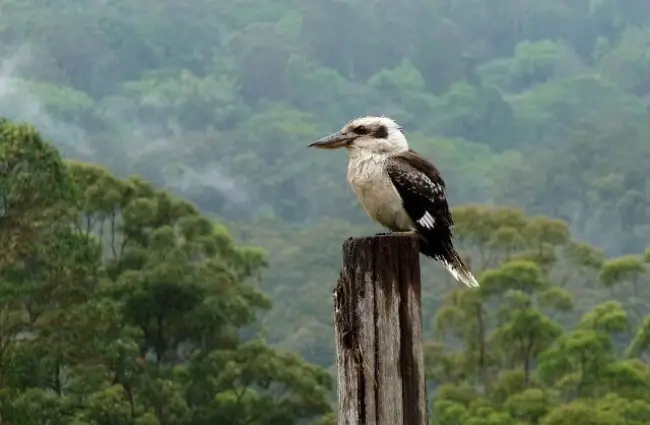
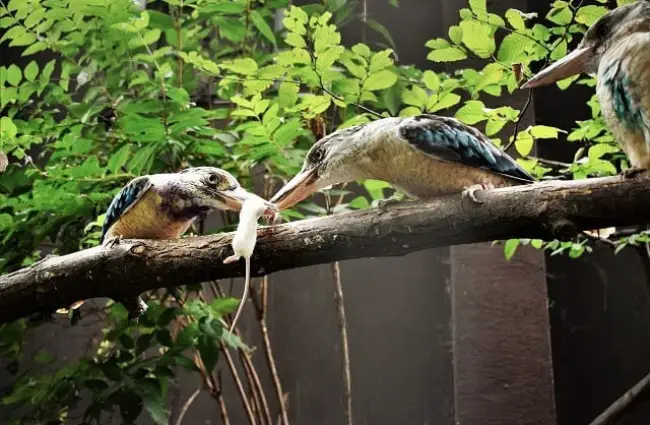
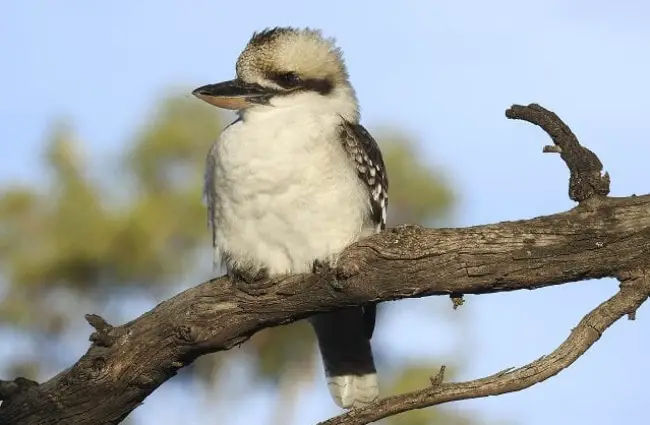

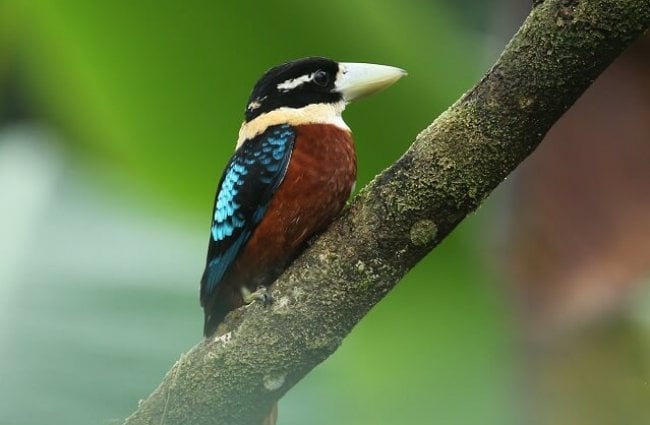



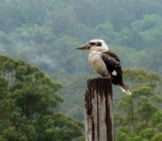
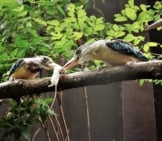
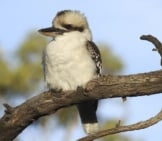
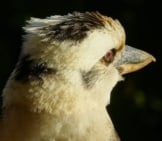

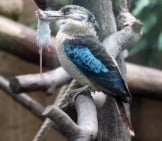

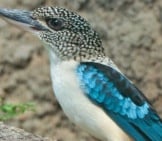
![Red Angus Closeup of a beautiful Red Angus cowPhoto by: U.S. Department of Agriculture [pubic domain]https://creativecommons.org/licenses/by/2.0/](https://animals.net/wp-content/uploads/2020/03/Red-Angus-4-238x178.jpg)












![Red Angus Closeup of a beautiful Red Angus cowPhoto by: U.S. Department of Agriculture [pubic domain]https://creativecommons.org/licenses/by/2.0/](https://animals.net/wp-content/uploads/2020/03/Red-Angus-4-100x75.jpg)

